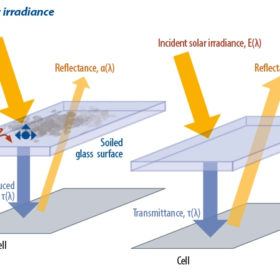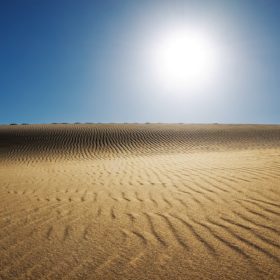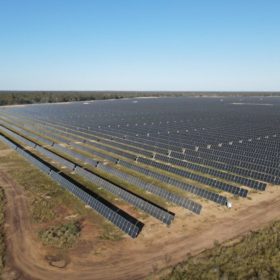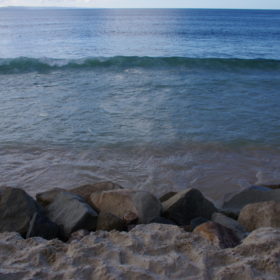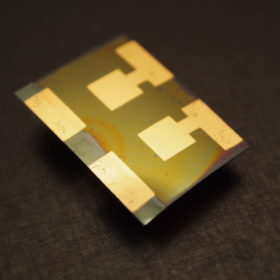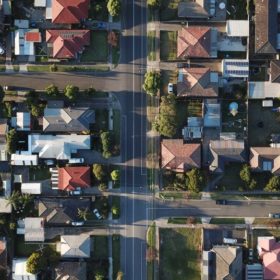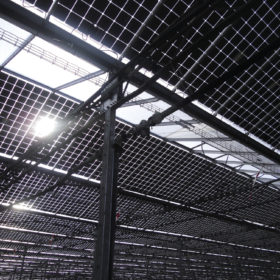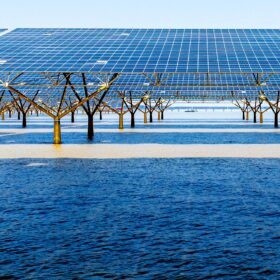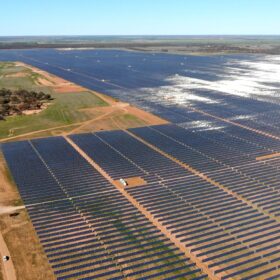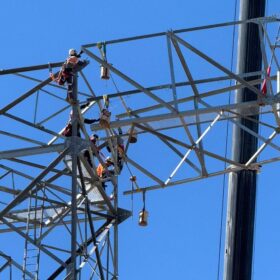Incentives for off-peak charging of electric vehicles could ease stress on the Australian grid
New data from Cornwall Insight Australia’s EV uptake model shows that under an extreme scenario, 22 million electric vehicles (EVs) are expected to be part of the National Electricity Market (NEM) states’ fleet by 2052.
Weekend read: Rethinking soiling
The two dominant methods used in the industry to estimate soiling levels on solar projects go some way in mitigating losses, but there is plenty of scope for more accurate observation, as NRG Systems’ Alexandra Arntsen reports.
Solar may cover the world’s electricity demand with 0.3% of its land area
An international research group claims that raw materials and land availability do not present a real barrier for a global energy system with solar at its centre. They said that forecasts for PV growth should not have their axis on utility-scale power plants and instead consider vertical PV, agrivoltaics, and floating PV as the source of future big market volumes.
Missteps, monster solar farms and hangovers: solar’s 2022 in review
Last year was a tricky one for solar, with each segment from residential to commercial to utility behaving quite differently. The industry trends have been laid out in Sunwiz’s latest Australian PV Report and pv magazine Australia takes a dive into what happened and what there is to learn.
Green hydrogen straight from the ocean: Adelaide researchers crack new method
Researchers from the University of Adelaide, along with international partners, have successfully used seawater with no pre-treatment to produce green hydrogen. The team did this by introducing an acid layer over the catalysts in situ. “We have split natural seawater into oxygen and hydrogen with nearly 100% efficiency… using a non-precious and cheap catalyst in a commercial electrolyser,” University of Adelaide’s Professor Shizhang Qiao said.
Second-life batteries might beat new ones on solar LCOE in remote locations
UK scientists have discovered that second-life batteries could provide a lower levelised cost of electricity (LCOE) than conventional batteries in school buildings equipped with PV in East African schools. They said the cheapest system configuration uses either 7.5 kW or 10 kW of solar with 20 kWh of storage.
Perovskite PV tipped to become competitive in rooftop segment
Scientists from Australia are among an international team of researchers that predict lightweight, high-performance perovskite solar modules could soon become competitive with crystalline PV modules in the residential segment, as such products will likely have lower manufacturing and balance-of-system costs in the future.
Scientists source silicon from solar waste to build better batteries
Researchers from Victoria’s Deakin University say they have successfully tested a new process that can safely and effectively extract silicon from end-of-life solar panels, then convert it into a nano material worth more than $45,000 (USD 31,500) per kilogram that can be used to build better batteries.
New digital solar tool launches promising to save customers from aggressive sales tactics
Australian climate tech platform Acacia will launch a new solar feature enabling customers to get a digital solar quote, as well as estimated financial and carbon savings, without speaking to any sales people. The company says the tool is in response to what are often poor buying experiences in the solar sector.
New method to measure energy yield of bifacial PV systems
Canadian scientists have developed a new way to measure the energy yield of bifacial PV systems. They said they considered the spectral albedo of ground cover like snow and sand to predict energy gains of up to 2%, in comparison with the International Electrotechnical Commission (IEC) standard.

